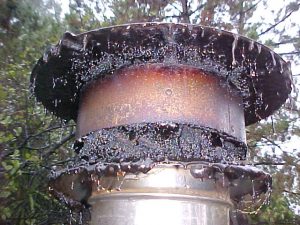Hey guys. Have a wood stove insert and am new to all this but really enjoying it so far.
A lot of nights when the fire is down the coals, I am done burning (the house stays warm all night) and just want the coals to go out.
What is the proper procedure here? At first I was closing the air intake all the way but read that was bad because of creosote buildup and the glass was heavily tarred up in the morning.
Lately I let the coals go and fully open the air intake to let them burn out. The glass still gets dirty by morning though, but not as badly as with the air shut.
Is this what I'm supposed to do when not doing an overnight fire? Or am I supposed to shovel out the coals before bed? Or something else?
Thanks guys!
A lot of nights when the fire is down the coals, I am done burning (the house stays warm all night) and just want the coals to go out.
What is the proper procedure here? At first I was closing the air intake all the way but read that was bad because of creosote buildup and the glass was heavily tarred up in the morning.
Lately I let the coals go and fully open the air intake to let them burn out. The glass still gets dirty by morning though, but not as badly as with the air shut.
Is this what I'm supposed to do when not doing an overnight fire? Or am I supposed to shovel out the coals before bed? Or something else?
Thanks guys!


